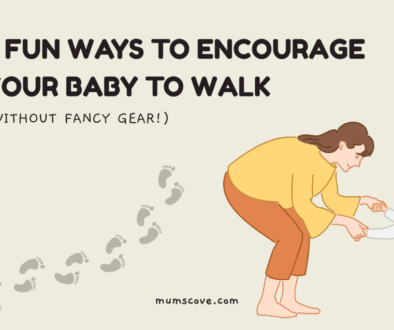Breaking Free from the Bubble: How Overprotecting Your Child Can Hold Them Back
We all want the best for our children. Naturally, we want to protect them from harm, disappointment, and failure. But what if our well-meaning efforts to shield them from life’s challenges are doing more harm than good? Overprotective parenting—sometimes called the “bubble-wrap” or “helicopter” approach—can hinder a child’s ability to grow into a confident, resilient adult. In this post, we’ll explore how overprotection affects your child negatively and offer solutions to help them thrive.
The Impact of Overprotective Parenting
1. Stifles Problem-Solving Skills
Children need opportunities to make decisions and solve problems on their own. When parents intervene too often, kids miss out on critical thinking experiences that help them navigate challenges independently.
Example: If you always solve your child’s school-related conflicts, they won’t learn how to communicate or negotiate with peers, which is crucial in adulthood.
2. Erodes Confidence
When children are overly protected, they may start to doubt their own abilities. They become reliant on others to make decisions and take action, which chips away at their self-esteem.
Example: Not allowing your child to take small risks—like trying a new sport or cooking on their own—sends the message that you don’t trust their abilities.
3. Limits Resilience
Resilience is built through failure and overcoming obstacles. If a child is never allowed to experience disappointment, they may struggle to cope when things go wrong later in life.
Example: A child who has never failed a test or lost a game may find it difficult to handle setbacks as an adult, whether at work or in relationships.
4. Creates Anxiety and Fear of the Unknown
Overprotected children often grow up feeling anxious and ill-equipped to handle unfamiliar situations. They are more likely to avoid risks altogether, limiting their potential and experiences.
Example: A child who is constantly warned about every possible danger may develop an exaggerated sense of fear that affects their willingness to try new things.
How to Encourage Independence and Growth
1. Allow Age-Appropriate Risks
Let your child explore the world in a safe but non-restrictive way. Climbing trees, riding bikes, and even failing a test are valuable experiences. These moments teach kids how to assess risks and handle failure.
2. Focus on Problem-Solving
Instead of immediately stepping in to solve a problem, encourage your child to come up with solutions. Ask questions like, “What do you think you should do?” to help them think critically.
3. Normalize Failure
Help your child see failure as a learning opportunity rather than something to fear. Share your own experiences of failure and how you overcame them.
4. Build Their Confidence
Celebrate their efforts, not just outcomes. Show them that you believe in their abilities, even when things don’t go as planned.
While it’s natural to want to protect your child, remember that resilience, confidence, and problem-solving skills are built through experience—both good and bad. By giving your child room to grow, fail, and learn, you’re equipping them with the tools they need to face life’s challenges head-on.
So, take a step back and let them take that risk, even if it feels scary. You’ll be surprised at how much they’ll thrive once they’re given the chance.
External Links:



